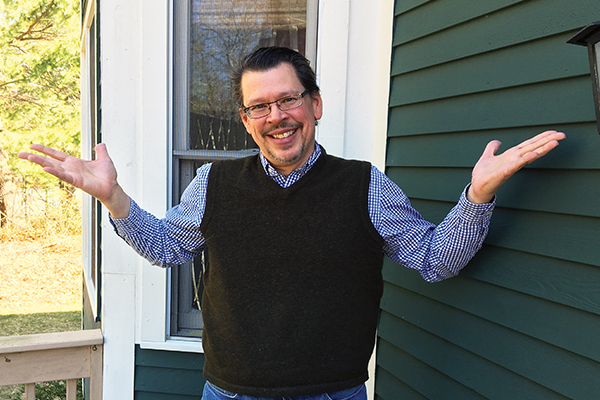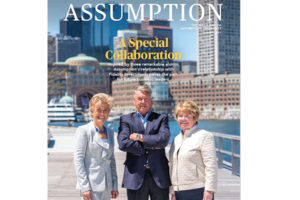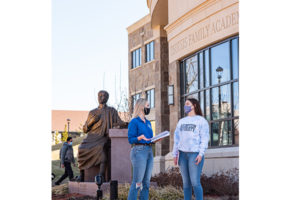
Think of the why as a mission or purpose. What is yours? Think of the how as the sometimes mundane, but sometimes joyful or painful carrying on of everyday life. How often do your why and your how meet? As COVID-19 mercilessly reorders how our lives are lived, we have a unique opportunity to reexamine our why.
There is a sparkle in the eye of those who bring their why and how together. Ask a Greenhounds club member about environmental sustainability and their commitment to local agriculture. Ask Professor Jennifer Niece, CPA, MBA, about her Community Tax Assistance course and the help her students provide to low-income Worcester residents. You will immediately see the spark of mission alighting impact.
In the work I conduct with Alexandra Orlandi ’19 related to exhibitions about mental health, we encounter innovators who are inspired by a deep sense of mission. Their creativity is advancing conversations about mental health and wellness via exhibitions that educate multidimensionally.
These exhibitions are a nascent trend. Artists, health professionals, curators, photographers, and those with lived experience are designing or lending their faces, names, and stories (their how) to exhibitions that develop mental health literacy, remove stigma, and reshape attitudes about emotional health.
While this trend started at the grassroots and is moving from local to regional, no trend champion exists. Discerning a mission to fill this gap, Alex and I initially developed the National Museum of Mental Health Project as a clearinghouse for the sharing of research, exhibitions, and know-how between trend innovators and those who might host or develop an exhibition. We have found collaborators who share our why at Assumption and elsewhere, like Kate Kruzick ’20, whose design talent brought our website to life, and Sydney Tappan ’21, social media marketing intern.
In the 1980s, with AIDS shrouded in misunderstanding and judgment, real names, faces, and stories were placed next to this illness and its stigma in a powerful way. Like exhibitions about mental health, the AIDS Quilt fostered social belonging for those impacted and increased empathy among the public. Cleve Jones, the Quilt’s visionary, wrote about his why and how: “This [the Quilt] is my life – it’s the one thing I’ve ever felt good at and right in doing.”
Where does one’s purpose come from? Philosophers and theologians have long spoken of a spiritual source. Neuroscientists report electricity powers us. Even as COVID-19 disrupts our plans, families, and all we have taken for granted, isn’t the operative question still: “What causes the light to go on within me?”
There is a dialectic here. By searching for our purpose we become bigger versions of ourselves, and humbled to the reality that compared to the task at hand we are small, but scrappy. When we find our meaning – even if just for a moment – we can make a difference for others. So … what’s your why?
For more about the National Museum of Mental Health Project, visit nmmhproject.org. The project is now incorporated as a nonprofit organization and curating its first virtual exhibition, I Get It.


